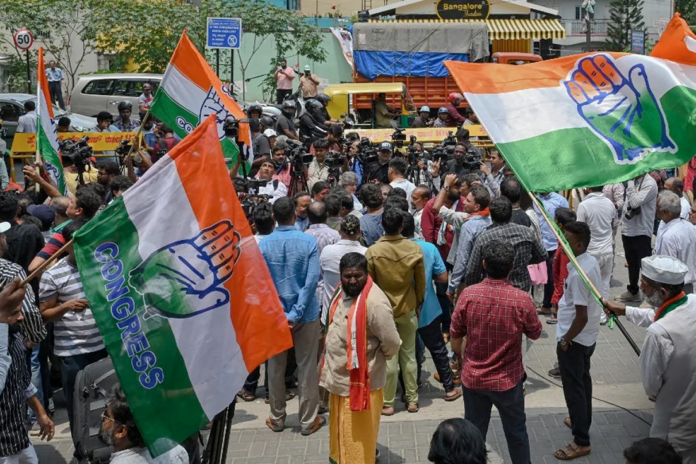In a surprising move, the Indian National Congress, as reported by a leading news paper in India, is gearing up to embrace the world of crowdfunding to bolster its financial resources. This shift could bring about a significant transformation in the way political parties raise funds, introducing an electronic trail and potentially enhancing transparency in the murky world of political financing.
*The Global Challenge of Regulating Political Funding*
The task of regulating political funding is a complex and often convoluted one, not just in India but worldwide. The primary challenge arises from the inherent conflict of interest that lies at the heart of the relationship between political parties and the state. These parties, although distinct entities from the state, wield substantial influence in the legislative process, crafting laws and regulations that govern not only the nation but also the very funding that sustains their operations.
Political funding regulation generally revolves around two main aspects: caps on individual donations and the disclosure of funding sources. Of these, transparency regarding the source of funds holds greater significance. While caps on donations can, in many cases, be cleverly circumvented if the donors remain anonymous, knowing the origins of these funds is essential to maintain accountability and integrity in politics.
*The European Model: State Funding*
A notable approach in several European Union member-states is state funding of political parties. This method aims to level the playing field by providing public money to parties. However, it’s not without its flaws. For example, Germany links public funding to a party’s vote share in the last election, inherently favoring established parties with greater access to private funding. This method fails to entirely address the issue of fairness in the political funding landscape.
*The US Experience: Super PACs and Dark Money*
In contrast, the United States takes an entirely different approach to political funding. A Supreme Court judgment in 2010 lifted a century-old cap on donations and allowed for the concealing of donors’ identities, with the condition that there be no formal coordination between political parties and contributors. This led to the rise of “Super PACs,” outside groups that produce ostensibly independent campaign advertisements. This shift gave rise to the issue of “dark money,” funds flowing into campaigns with mysterious origins, and heightened concerns of foreign interference in U.S. elections. The American experience stands as a stark example of the difficulties involved in ensuring transparency in political funding.
*Opaque Funding in the UK: Unincorporated Associations*
Across the Atlantic, the United Kingdom faces its own set of challenges. Opaque political funding mechanisms, such as unincorporated associations originally intended for non-profit endeavors, have been on the rise. These channels have allowed funding sources to remain obscure, and the need for transparency in political finance remains a pressing concern.
*India’s Struggle: The Case of Electoral Bonds*
In India, the political funding landscape has experienced its own set of changes. In 2017, a cap on corporate donations was lifted through a legislative amendment. The subsequent year, electoral bonds were introduced. These bonds, issued by banks, are designed to facilitate donations to political parties. However, legislative changes ensured that the source of funding remains concealed from voters, who are arguably the most significant stakeholders in an election. This development has raised critical questions about the transparency and accountability of political funding in the country.
*The Crucial Test: India’s Supreme Court*
In light of these changes, a bench of the Supreme Court in India is set to commence hearings on the constitutional validity of electoral bonds. This case represents a pivotal moment for India, a nation striving to find a balance between facilitating political funding and ensuring transparency. The decision made will have far-reaching implications for the future of political finance in the country.
the Indian National Congress’ foray into crowdfunding, with its potential for enhancing transparency, represents a noteworthy step in the ever-evolving world of political funding. Nevertheless, the global landscape demonstrates the complexity of achieving transparency in political financing, with each nation grappling with its unique challenges. As the Supreme Court of India deliberates on the fate of electoral bonds, the outcome will serve as a significant benchmark for the nation’s efforts to navigate this intricate issue.
Disclaimer: The thoughts and opinions stated in this article are solely those of the author and do not necessarily reflect the views or positions of any entities represented and we recommend referring to more recent and reliable sources for up-to-date information.









